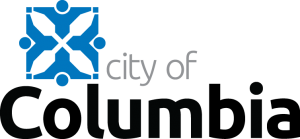No hazardous products are collected curbside. Columbia residents may dispose of or recycle hazardous waste for no cost at the Household Hazardous Waste (HHW) Collection Facility. Tires and large electronics not accepted.
Collection facility hours of operation
The facility is open on the first and third Saturdays April through November. 8 a.m. – 12 p.m.
 | 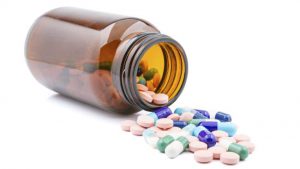 | 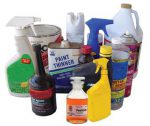 |
 | 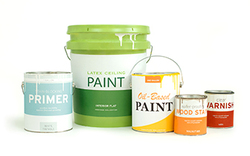 | 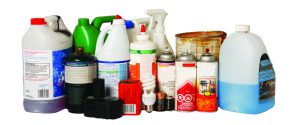 |
What makes a product hazardous?
Always read the product labels. Signal words to look for on the label are DANGER, POISON, WARNING, or CAUTION. Products are considered hazardous if they have one or more of the following properties:
- Flammable/ combustible – can be easily set on fire
- Explosive/ reactive – can detonate or explode through exposure to heat, sudden shock, pressure, or incompatible substances
- Corrosive – chemical action can burn or destroy living tissues or other materials when brought in contact
- Toxic – capable of causing injury or death through ingestion, inhalation, or skin absorption
Common household hazardous waste products
Common household hazardous waste products
|
|
Hazard waste storage and transport
Hazard waste storage and transport
Some types and quantities of household hazardous products have no proper disposal options available and must be saved for a household hazardous waste collection. In order to protect health and environment, safe and proper storage of household hazardous waste is vital. Harm to human health and the environment is possible if the described procedures are not followed carefully.
Safety precautions when transporting hazardous waste
When transporting household hazardous wastes to a collection, it is important to remember that these are hazardous wastes. A business or industry transporting the same wastes would be required to adhere to a number of safety and handling regulations. These regulations have been established to prevent injury, spills, and other accidents resulting from mishandling hazardous wastes. There are no regulations governing how citizens transport household hazardous wastes. However, there are a few precautions you can take to prevent accidents from occurring on your way to the collection site. And remember, always read the product’s label for information/ instructions.
Materials needed
- Protective gloves, such as nitrile or chemical-resistant gloves
- Cardboard boxes or other suitable containers
Safety precautions
- Wear protective gloves when handling household hazardous wastes.
- Do not bring children or pets to the collection site.
Procedures
- Keep products in their original containers. Do not mix products.
- Label materials that are not in their original containers.
- Every effort should be made to identify unknowns. If unaware of specific product name, provide product category, such as pesticide or cleaning product, if possible.
- Check all containers. Make sure lids are tightly sealed.
- If the lid will not secure it or if the container is leaking, then this container should be placed within a larger, plastic container with a tight-fitting lid. A nonflammable absorbent, such as clay-based cat box filler should be packed around the product to absorb any possible leaks. Label the outside container with the contents and date.
- Place products upright in cardboard box and secure so that they do not tip over in transport.
- Transport products in the back of a pickup truck or in a car trunk. If you must transport the materials in the passenger compartment, make sure there is adequate ventilation. Also, do not smoke while transporting hazardous materials.
- Keep flammables out of direct sunlight and away from sources of heat, spark, flame, or ignition.
If the product is in a rusting metal or breakable container:
Materials needed
- Protective gloves, such as nitrile or chemical resistant gloves
- A large, plastic container with a tight-fitting lid
- A nonflammable absorbent material, such as clay-based cat box filler. WARNING: Using flammable materials such as non-clay cat box filler or newspapers for over-packing may lead to spontaneous combustion (fire).
Procedures
- Protect the product’s label. When ever possible, store substances in their original containers. If a known substance is not in its original container, clearly label the current container with the product’s name, the date, and the words “DANGER” and “DO NOT OPEN.” If the item is an unknown substance, clearly label the container with the current date and the words ” UNKNOWN SUBSTANCE,” “DANGER,” and “DO NOT OPEN.”
- The product (in a rusting metal or breakable container) should be placed within a larger, plastic container with a tight-fitting lid.
- A nonflammable absorbent material, such as clay-based cat box filler, should be packed around the product to absorb any possible leaks.
- Clearly label the outside with the contents and date. Write the words “DANGER” and “DO NOT OPEN” on the outside of the container.
- If the product is flammable, store it away from all sources of heat, spark, flame, or ignition. Remember these sources include water heaters, electrical appliances, light switches, electric garage door openers, pilot lights, engines, and motors.
- Store the container out of reach of children and animals in a separate locked cabinet or other secure structure.
How do I dispose of pharmaceuticals?
How do I dispose of pharmaceuticals?
Best method:
Drop-off at the Household Hazardous Waste Facility
Alternate method:
- Keep products in their original container. (Remove label or conceal information with a permanent marker.)
- To make the drug unusable, add a small amount of water to a solid drug and recap the container. For liquids, add some absorbent material such as kitty litter, sawdust or flour.
- Place the container in another container or a heavy bag.
- Place item in the trash.
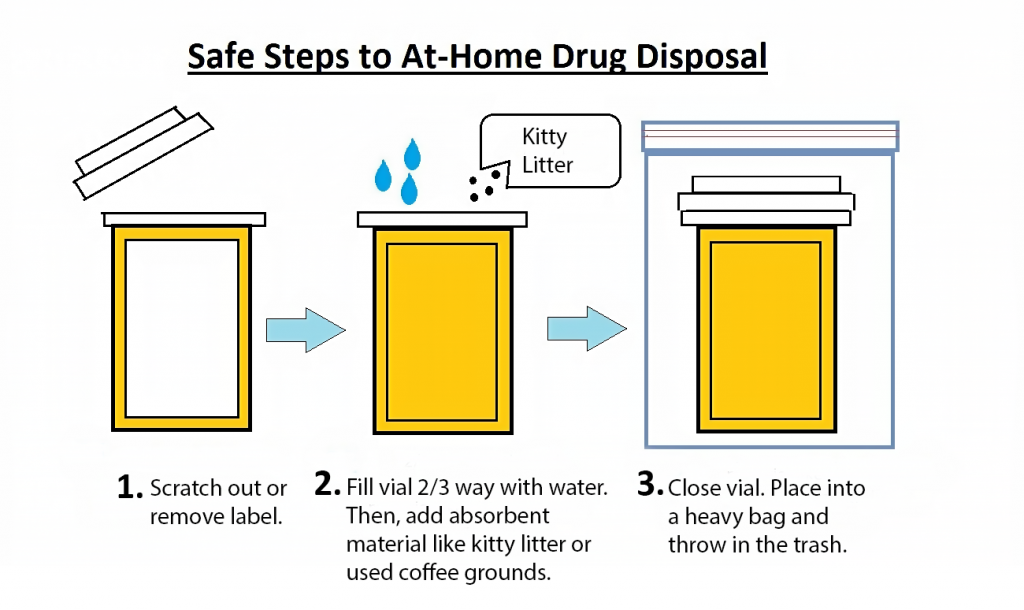
Why is proper disposal important?
People should not dispose of medications in the toilet or a drain because many of those compounds do not completely degrade during wastewater treatment. Many of the compounds (such as ibuprofen and acetaminophen) can be found in rivers and streams across the United States, causing behavioral and physical changes to aquatic life. Some of the more persistent compounds have been found in tap water – meaning that they have passed through wastewater treatment, degradation in rivers and streams, and drinking water treatment – eventually being consumed by people downstream.
Free paint
Residents can pick up 5-gallon buckets of latex paint for no cost. Visit the HHW Paint for Reuse Shed at 1313 Lakeview Avenue. The Shed is open Tuesdays and Thursdays from 1:15 p.m. to 3 p.m.
Please be aware that this paint is collected during Household Hazardous Waste Collection days. Buckets might not contain a full 5 gallons, and colorfastness and tint are not guaranteed. Customers assume all risk, and paint is provided “as is.”
